Thessaloniki gets ready for its metro launch in November
The underground rapid transit lines have been under construction for almost two decades due to various project delays
 TheMayor.EU logo
TheMayor.EU logo 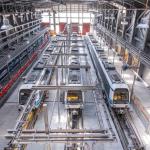
The underground rapid transit lines have been under construction for almost two decades due to various project delays

The cross pinnacle on the Tower of Jesus Christ will be ready to receive visitors in 2026 on the centennial of Gaudi’s death

Now you can get your wine in Talence by paying directly in Bitcoin

That’s because the state has to spend money on updating the railway infrastructure rather than subsidizing the cost of the popular pass

Steffen Romstöck said that he would respect the residents’ choice and would take over the helm of the municipality, even if he didn’t run
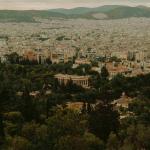
The measure, which will come into force from 1 January 2025, will be partial and temporary…for now

Rethinking renewable energy sources for the urban landscape

But operating them is still illegal under the country’s legislation

The examples, compiled by Beyond Fossil Fuels, can inform and inspire communities and entrepreneurs that still feel trepidation at the prospect of energy transition

Now you can get your wine in Talence by paying directly in Bitcoin

Rethinking renewable energy sources for the urban landscape

The examples, compiled by Beyond Fossil Fuels, can inform and inspire communities and entrepreneurs that still feel trepidation at the prospect of energy transition

The underground rapid transit lines have been under construction for almost two decades due to various project delays

Plus, it has a unique modular design that allows it to be shortened and lengthened like a train

At least, that’s the promise made by the mayor of Paris, Anne Hidalgo
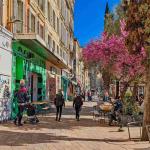
Despite its church-y name, the district has long been known as the hangout spot for the artsy crowds

At least, that’s the promise made by the mayor of Paris, Anne Hidalgo
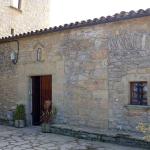
Hostal de Pinós is located in the geographical centre of the autonomous region

On the eve of the new academic year, the ranking considers several distinct but essential factors
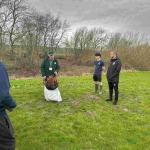

Following a successful trial phase, these quiet areas will now be available on all main routes in the country

The academic institution shows a deeper understanding of the well-being of its students











The origins of the territory of nowadays Fiano Romano goes back to VIII-IV BC.
The first official mention appears in a document dated from 9th century, in which the FUNDUS FIANUS is mentioned among the properties of the Abbey of Farfa. The toponym, first documented as FIANUS in 1268, is a probable formation of the Latin name FILLIUS or OFFILUS with the adjectival suffix -ANUS, which indicates land tenure. Its position on the Tiber river made it a fluvial port of some importance throughout the Middle Ages.
Its fortress passed in the 11th century to the monks of San Paolo, who in the 14th century ceded it to the Orsini family. In the following centuries it knew various alternations of power: from the Sforza to the Ludovisi, from the Ottoboni to the Menotti, who came into possession in 1897.
The historic town centre is accessed through the monumental Porta Capena, built with stone blocks and adjoining the fifteenth-century ducal castle. The latter, which houses antique furnishings and coats of arms along with valuable frescoes, is made up of a powerful central cylindrical keep flanked by a square tower and fortified with straight walls crowned by Guelph battlements.
The church of Santo Stefano Nuovo, divided into three naves, is embellished with thirteenth-century frescoes and sepulchral monuments while the church of Santa Maria ad Pontem, dating from the 10th century, has been restored to its original look.
Fiano Romano is an Italian municipality situated within the metropolitan area of Rome, the capital of Lazio and Italy. According to the 2011 census, the resident population is 13 059.
The economy of Fiano Romano is mainly composed of secondary and tertiary sectors.

The castle was modified several times, depending on the needs of its owners during the Middle Ages. The first change historically attested was in 1493 when Niccolò III Orsini, after having inherited the castle from Orso and Elisabetta Orsini, had it enlarged by adding the wing facing Porta Capena, contributing a refined Renaissance flair in the process. For two hundred years, starting from 1690, it was owned by the Ottoboni ducal family.